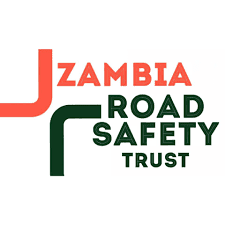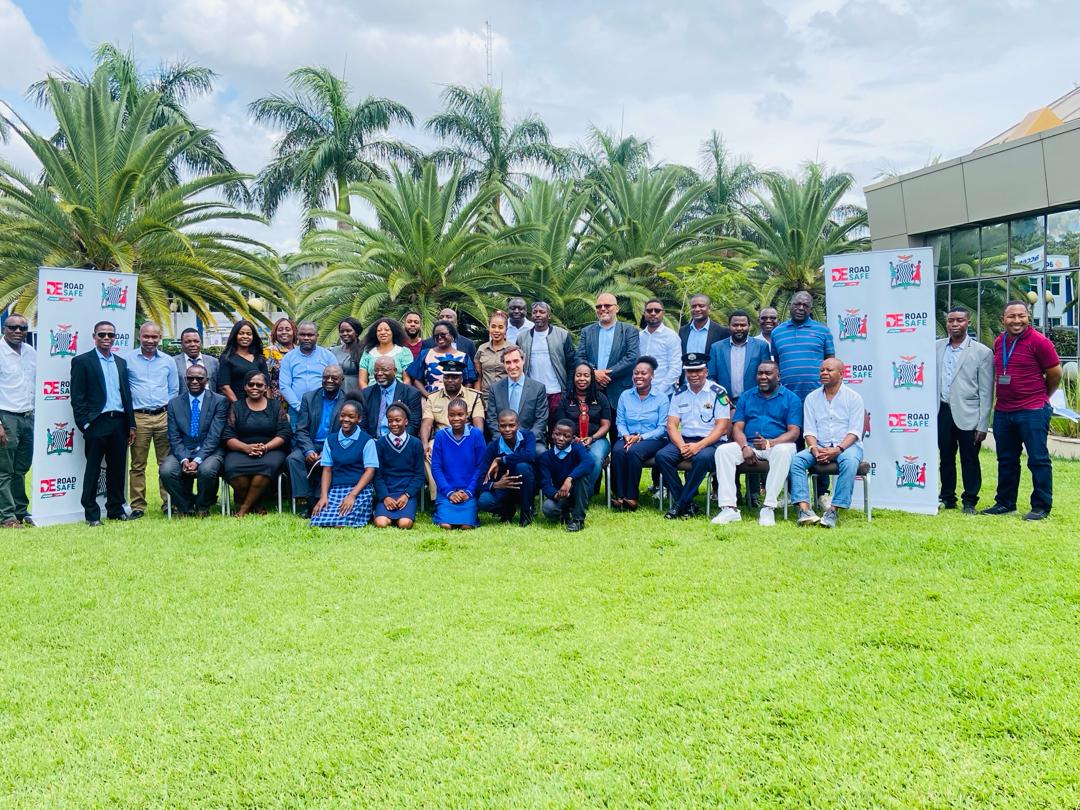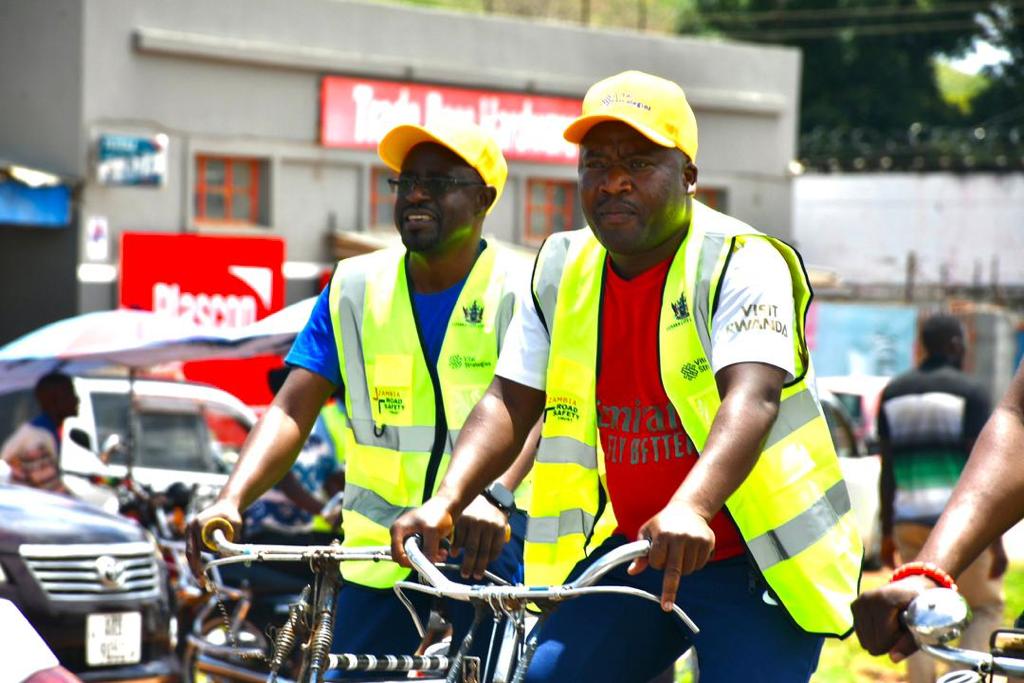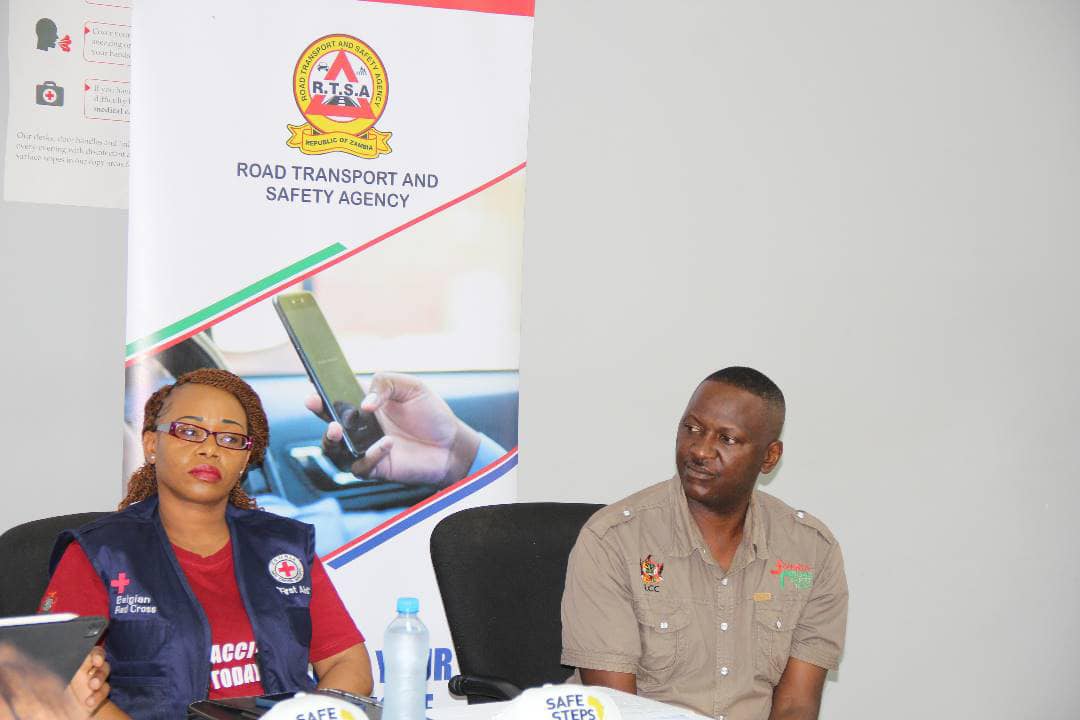22nd September has become known as World Car Free Day. In cities across the globe, car free days celebrate the benefits of non-motorized transport, like bicycling or walking. The celebrations have grown in popularity since the first formally organized events in the mid-1990s.
Zambia held its first Car Free Day on Sunday,18th April 2021.It was hosted by the Zambia Road Safety Trust (ZRST) in partnership with the Lusaka City Council (LCC), Road Transport and Safety Agency, and Cities and Infrastructure for Growth Zambia. The second event was held Sunday, 23rd May. The aim is to raise awareness around congestion, poor air quality and road safety in Lusaka’s city centre.The events also provide an opportunity for the ZRST to demonstrate the importance of how public spaces can enable and promote social distancing during the Covid-19 pandemic.
Congestion
Between 2008 and 2011, Zambia recorded a marked increase in the number of motor vehicles on its streets. At the peak of the upsurge in motor vehicle ownership in 2011, there were over 380,000 registered units nationwide[1]. A strongKwacha at the time and the ease of cross-border trade between Zambia and the port at Dar-es-Salaam enabled the increase in imports of second-hand vehicles mainly from Japan. Many of these vehicles were destined for the capital city of Lusaka.
Coupled with the growth in motor vehicle purchases was the burgeoning population in Zambia’s urban areas, which is currently estimated at 44% of the total population[2]. Lusaka is home to 3 million of Zambia’s estimated 17 million people; more than twice the figure of nine of Zambia’s biggest towns combined. Vehicle traffic, along with the growing population, accounts for increased congestion on the streets of Lusaka.The result of this is increased travel time, increased fuel consumption and, inevitably, increased vehicle emissions.
Poor Air Quality
The rise in vehicle emissions has led to progressively poor air quality. And while the data on emissions from vehicles is lacking, Zambia’s overall Greenhouse Gas emissions stand at 0.01%, putting it on par with industrialised nations such as Sweden.
A concern related to the importation of second-hand vehicles, is that older vehicles typically emit higher levels of pollutants. A study undertaken by the Zambia Environmental Management Agency in 2014 showed significant elevation of ambient (outdoor) Nitrogen Oxide and Sulphur Dioxide during traffic peak times in Lusaka[3].Both of these gases are harmful to health in situations of prolonged exposure.
Poor air qualityincreases the risk of respiratory illnesses; indeed, according to the World Health Organisation, ambient air pollution alone caused around 4.2 million deaths worldwide in 2016[4].
Lusaka Car Free Day offers an opportunity for residents of the city to experience cleaner, safer air. If Zambia hopes to tackle ambient air pollution, deliberate policy around non-motorised transport must be adopted; and the Lusaka Car Free Day events are just the beginning towards that goal.
Road Safety
According to the World Health Organisation, there were 26.6 road traffic deaths per 100,000 people in Africa in 2016, the highest of any region in that year[5]. In Zambia, around 3,500 fatalities occur each year due to road accidents (WHO, 2015).
A number of factors may contribute to these accidents, and related deaths, including the over-reliance on second-hand vehicles which are typically shown to be less roadworthy than newer vehicles[6].Unlicensed drivers,and poor regulation of driving schools may exacerbate the problem, leading to dangerous roads for drivers, passengers and pedestrians alike.
Celebrating Lusaka Car Free Day opens the streets up for all road users to walk, cycle or jog safely, without the danger that is posed by motor vehicle traffic.
The Public Re-imagine Lusaka’s Streets
Lusaka Car Free Day met with general good reactions and helped residents of the city re-think how their streets could look and operate with fewer cars.

the permanent Secretary for the Ministry of Local Government Mathew Ngulube said, “When I saw the advert in the newspaper about the Car Free Day I did not believe that this can happen in Zambia. Well done! Next time, I will come with my bike.”
John, a cyclist with Lusaka Riders offered his thoughts: “I would love to encourage drivers to cycle to work once a week. We need to help encourage more females to take part in cycling too.”

And Fritah, a vendor selling groundnuts, said, “It’s a good day. We are enjoying the music and selling more than usual for a Sunday.”
Looking Ahead to Cleaner, Safer Streets for All
While addressing the challenges of congestion, poor air quality and road safety will require policy changes and multi-sectoral action, the awareness created by the event provides a good starting point for conversations that can lead to stronger commitments from both the public and private sectors.

By raising awareness and making non-motorised transport more mainstream, Zambia’s streets can become much more inclusive. As Malcolm, a cyclist with Twin Palms Bike Club and member of Cycling Association of Zambia, said: “It is a great event to bring awareness of road safety and to demonstrate that we are all equal: pedestrians, cyclists and motor vehicle drivers.”
Follow Zambia Road Safety Trust (Twitter: @Roadsafetyz) for details on how to take part in future Car Free Events in Lusaka
[1]https://www.ceicdata.com/en/indicator/zambia/number-of-registered-vehicles
[2]https://data.worldbank.org/indicator/SP.URB.TOTL.IN.ZS?locations=ZM
[3] ZIPAR Research Paper: Used Motor Vehicle Imports and the Impact on Transportation in Zambia, pg. 12
[4]https://www.who.int/news/item/02-05-2018-9-out-of-10-people-worldwide-breathe-polluted-air-but-more-countries-are-taking-action
[5] WHO Global Status Report on Road Safety 2018
[6] ZIPAR Research Paper: Used Motor Vehicle Imports and the Impact on Transportation in Zambia, pg. 12



